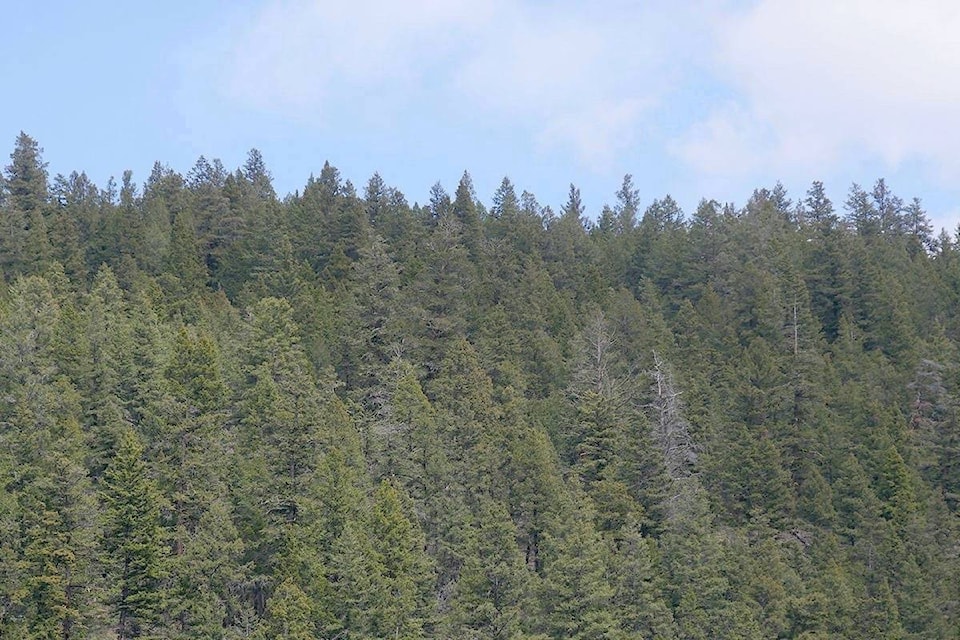Amid the difficulties facing forestry in northern British Columbia, community forests stand apart when it comes to their Annual Allowable Cuts (AACs).
RELATED: Sinclair Group announces temporary curtailment for sawmills
RELATED: 21 Northern B.C. mayors urge Ottawa to help struggling forest industry
RELATED: Fort St. James in financial crisis, mayor says
The AAC has been a source of anxiety for many people in the Burns Lake region since it became apparent that the new level for the Lakes Timber Supply Area (TSA) might significantly decrease. The current AAC, set in 2011 is 1.6 million cubic (cu) metres. Under the Forest Act the chief forester has to determine the AAC of the Lakes TSA every 10 years.
READ MORE: Prospect of lower lumber cut in the air
In the case of community forests, like Chinook, its AAC is determined through a separate calculation.
“It was pre-determined by the province when they awarded the license in 2016,” as Ken Nielsen, General Manager of the Chinook Community Forest told Lakes District News.
“It was 150,000 cu metres for the first three years. The last two years it drops down to 64,000 cu metres. We never maxed out our 150,000 over the three years so we can carry that over to the last two years. It will be 578,000 over the total five years.”
Chinook sells its timber to Babine, Pinnacle Pellet and Pacific Timber. All of its harvest work is contracted out.
Last year it earned about $1.2 million from its harvests and the amounts it can donate to the community are determined each year by the board of directors.
Its cut control ends in February of 2021, when Chinook will write its own AAC determation and the province will either approve or deny it.
Down the highway in Houston, the Dungate Community Forest is aiming to increase its AAC by 10 per cent, from 29,000 cu metres to almost 32,000 cu metres.
READ MORE: Dungate Community Forest plan to increase AAC
Under Ministry of Forests, Lands, Natural Resource Operations and Rural Development (FLNRORD) rules, expansions of community forest areas are permitted but are limited by the “available volume within the specific Timber Supply Area and based on apportionment decisions by the Minister,” according to FLNRORD guidelines.
With Chinook, Nielsen said he would like to expand size of the community forest but the province hasn’t allowed it.
“I can’t increase it without a larger land base. We can’t because there aren’t enough trees out there. Chinook just hopes it can maintain a mid-term harvest of 80,000 to 100,000 cu metres. But we won’t know that until June of next year when our AAC determination has been done,” he explained.
The total size of Chinook’s tenure is 102,000 hectares (ha). Its timber harvesting land base is 64,000 ha, of which 10,000 was burned in wildfires last year.
Blair McBride
Multimedia reporter
Send Blair an email
Like Lakes District News on Facebook
